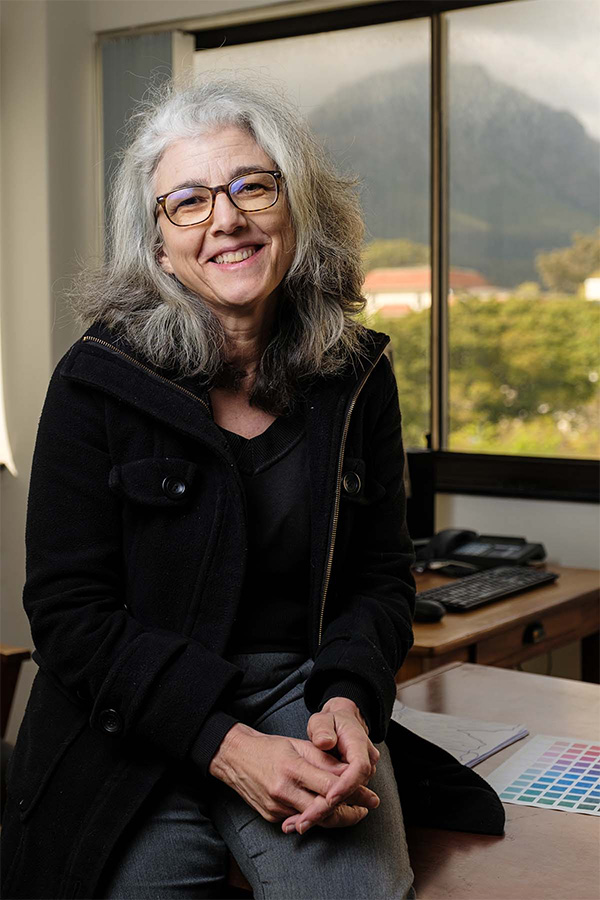On 04 June 2024, the North-West University (NWU) hosted a public lecture by Prof Heather Brookes titled "Instrument adaptation for measuring early child language development across multilingual and sociocultural diverse settings".
Prof Brookes leads the Child Language Development Node of the South African Centre for Digital Language Resources (SADiLaR) at the NWU and is based at Stellenbosch University.
In her lecture, Prof Brookes outlined the methodology of a significant initiative aimed at establishing early language development norms for South Africa’s 11 official spoken languages. This effort, by the Child Language Development Node of SADiLaR, included a team of 16 scientists consisting of linguists, psychologists, educationists and speech-language therapists from nine universities across South Africa.
The project involved the adaptation of the MacArthur-Bates Communicative Development Inventory (CDI), a widely used parent-report tool for assessing language acquisition in children aged eight to 30 months, which has been adapted for more than 100 languages globally. This initiative is the largest simultaneous cross-linguistic adaptation of the CDI for 11 languages.
“We wanted to share the processes and challenges of constructing, adapting and piloting the CDI for gathering language development norms across typologically different languages such as English and isiZulu,” she said.
She emphasised the unique hurdles of adapting instruments for diverse multilingual and under-resourced settings. “Although there are some reports on the challenges of collecting child language data in diverse settings, few researchers talk about the specific challenges of adapting instruments for multiple languages in multilingual and under-resourced contexts,” Prof Brookes explained.
She then further elaborated on the common adaptation methodology her team developed to allow cross-linguistic comparison, while ensuring that each CDI remained linguistically and culturally specific and appropriate.
Prof Brookes also spoke about their methods for item construction and harmonisation within the CDI sections on phrases and gestures, words and grammar. She also addressed the complexities of creating culturally accurate and sensitive demographic questions across multiple languages and sociocultural settings.
“To obtain reliable and valid research outcomes, we had to deal with our context’s distinctive challenges – including access to participants, language variation, sampling, data collection processes and quality control. In the end we sampled more than 2 400 children across our 11 official languages.”
Prof Brookes said that analysis of their results shows that their instrument effectively measures language development. The team plans to collect larger samples for norming, targeting around 2 600 children per language. All data and instruments will be stored in the SADiLaR repository of digital data on South African languages for public use and is expected to be available by the end of 2025.

Prof Heather Brookes.
